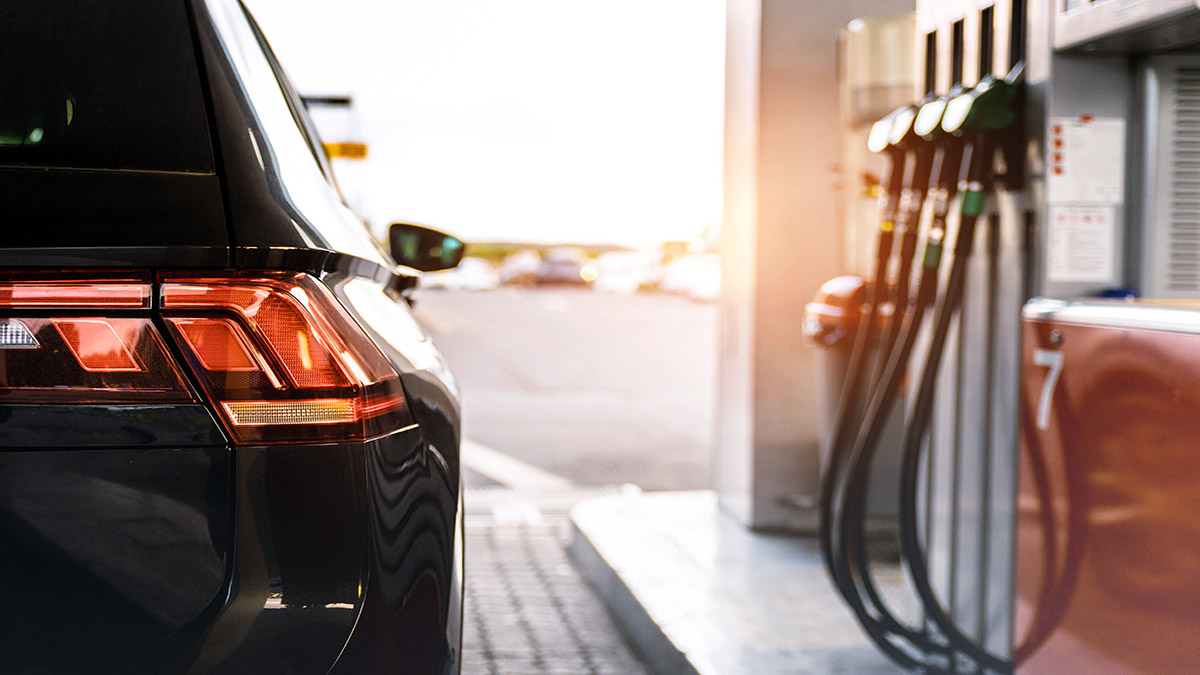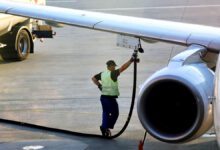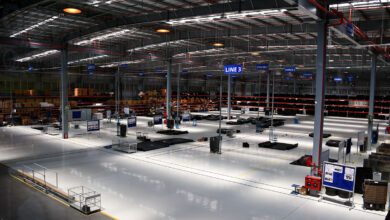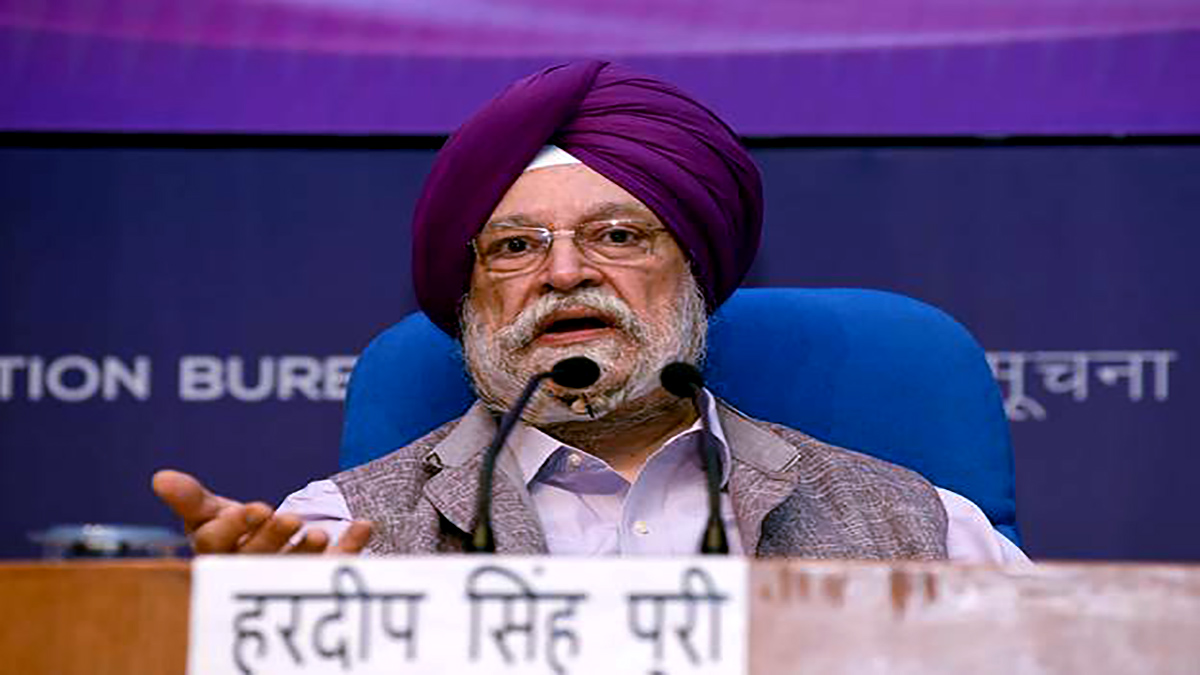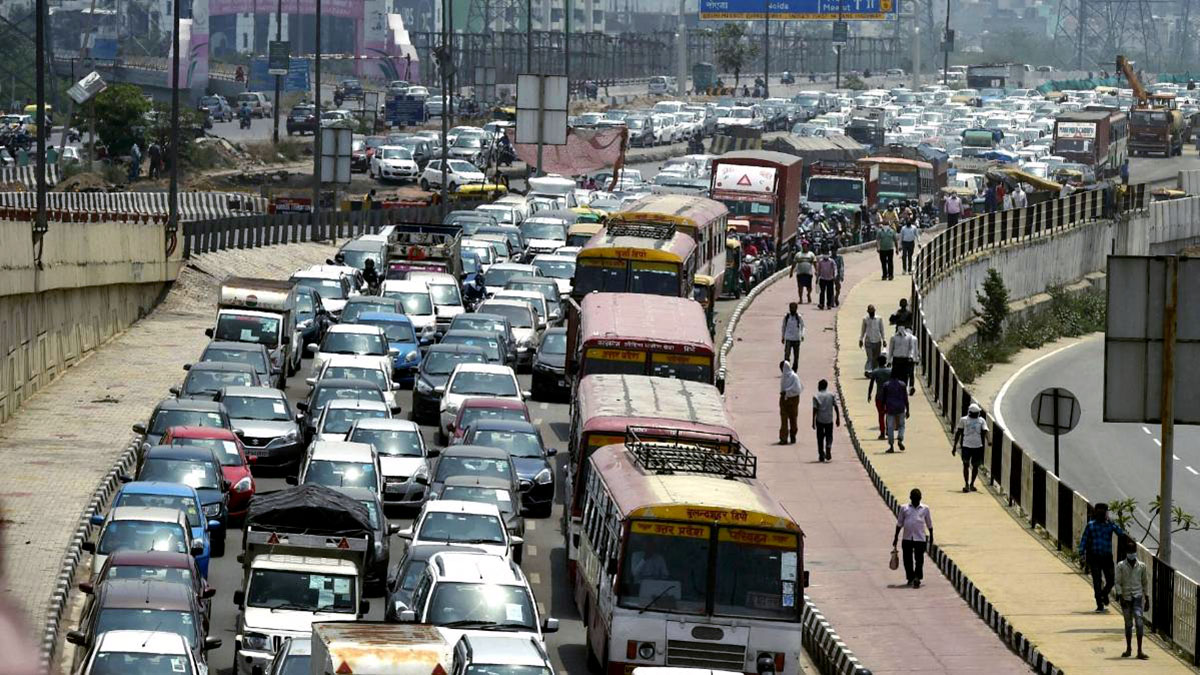India’s petrol and diesel sales fell by about 17% in May from a month ago as restrictions clamped to curb the world’s worst outbreak of coronavirus infections stifled demand. Sales of petrol used in cars and motorcycles fell to 1.79 MT in May, the lowest in a year, according to the preliminary data of state-owned fuel retailers.
While the consumption was almost 13% higher than demand in May 2020, it was 28% lower than pre-Covid levels of 2.49MT. India was under one of the world’s strictest lockdowns in May last year, which brought all mobility and economic activity to a grinding halt.
This year, though the infection rate is much severe, restrictions are localised. Personal mobility is not as hampered as last year and more factories have remained open while cargo movement between states too hasn’t been as badly affected.
Demand for diesel the most used fuel in the country fell to 4.89 MT in May 2021, down 17% from the previous month and 30% from May 2019.
With airlines continuing to operate at less capacity, jet fuel (ATF) sales in May were 2,48,000 tonnes, down 34% over April 2021 and 61.3% over May 2019. Jet fuel sales in May 2020 were 1,09,000 tonnes.
Sales volume of cooking gas LPG fell 6 per cent year-on-year to 2.16 MT in May 2021 but was 6% higher than 2.03 MT sold in May 2019. LPG was the only fuel to have registered growth during the lockdown last year as the government gave free cylinders as part of the Covid-19 relief package.
India’s new coronavirus cases have fallen from over 4 lakhs to 1.27 lakh and deaths from the infection dropped to 2,795 from over 4,000 a few weeks back, according to health ministry data released on Tuesday.
“We were near pre-Covid level in March 2021, but new restrictions due to the second Covid-19 wave have temporarily reduced demand for both personal mobility and industrial goods movement,” an industry official said. “Local fuel consumption will start to look up this month when second pandemic wave is expected to weaken.”
Declining fuel sales reduced crude intake by refiners, reducing the operating run rate by 85-86%.


